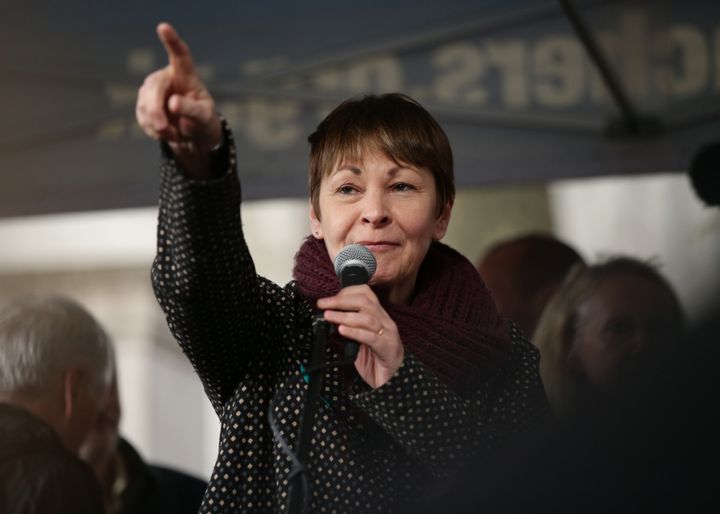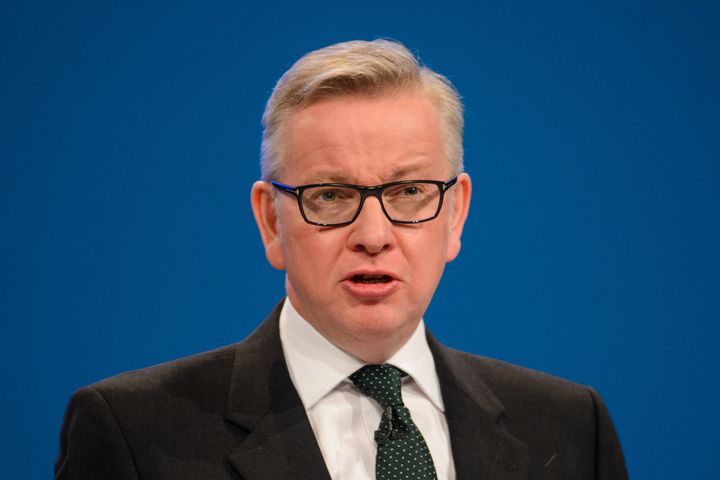Government plans to tackle the UK’s toxic air have been likened to “using a water pistol on a wildfire”.
Environment secretary Michael Gove will unveil a Clean Air Strategy on Tuesday, aimed at halving the number of people living in areas where air pollution exceeds health guidelines within the next seven years.
The proposals, which ministers say go hand-in-hand with plans to cut the number of petrol and diesel vehicles on the roads, will see councils given new powers to improve air quality in their local areas and clampdown on the level of pollutants caused by farming.
Local government will also be given access to a new tool allowing them to estimate the economic impact of air pollution in their area, including cumulative cost for diseases where there is a strong association with air pollution, such as strokes and childhood asthma.
But critics say despite acknowledging toxic air is the fourth biggest risk to public health after cancer, obesity and heart disease - and responsible for 40,000 early deaths every year - the government is failing to take the issue seriously.
“While thousands of people are dying early from filthy air, the government has postured and prevaricated,” said Green Party co-leader Caroline Lucas.
“It’s good to see a strategy finally published - but the details of this plan look extremely underwhelming. The government is using a water pistol to put out the air pollution wildfire.”

Lucas said local authorities had been offered little in the way of extra cash to tackle problems themselves, meaning they would struggled to implement any new plans.
She added: “Even worse, though, is the utter failure of this government to stand up to the motor lobby - and its continued promotion of private car travel, despite the huge impacts this has on our health.
“A serious clean air plan would see investment in public transport, and a reinstatement of the fuel duty escalator to encourage people to switch to cleaner forms of travel.”
Gove, who will unveil the plan while meeting air quality experts at Imperial College, London claims it will cut the cost of pollution to society by £1 billion every year by 2020, rising to £2.5 billion every year from 2030.
The cabinet minister has also pledged to work with the media to make daily air quality forecasts more accessible and raise awareness of the issue generally - including in households with wood and coal-burning stoves.
“Government cannot act alone in tackling air pollution,” he will say.
“Our strategy sets out how we will work with businesses, farmers, industry and households to develop innovative new solutions to reduce emissions. It also highlights how we can all take action and playing an important role in cleaning up our air.”

He said councils would be given powers to control diesel and domestic fuel burning in areas where pollution levels are a problem, but no new funding beyond the £220 million clean air fund unveiled in last year’s budget is expected.
Oliver Hayes, clean air campaigner at Friends of the Earth, said the strategy amounted to a drop in the ocean.
“Air pollution is estimated to cost the UK £20bn a year in NHS costs and days off sick, so a strategy to save just £1bn annually does not begin to approach the scale of the problem,” he said.
“This is supposed to be a strategy to lower air pollution from a wide range of sources, but measures to reduce road traffic are conspicuous by their absence.
“Road vehicles are a key source of deadly particulate matter and nitrogen dioxide pollution; failure to properly address this shows a fundamental lack of ambition.
“Unfortunately it looks like history repeating itself when it comes to Clean Air Zones; powers handed over to local authorities without the accompanying funds to implement them, despite a welcome widening of their scope beyond just transport.”
The government was forced to publish its separate air quality plan before last year’s general election, following a High Court ruling forced by environmental lawyers ClientEarth. Its proposals were later deemed inadequate after a series of further legal battles.
